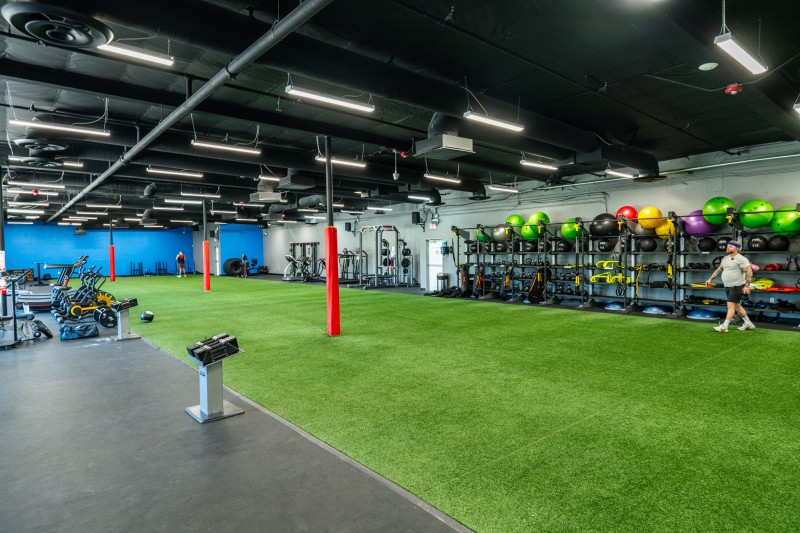As we delve further into the world of health and wellness, the use of tools like pulse oximeters has become increasingly common. These devices, utilized both in medical settings and at home, provide a non-invasive method to measure the level of oxygen saturation in the blood. But how accurate are pulse oximeters? Let’s explore.
Pulse oximeters work by shining light through the skin to the blood vessels beneath. By analyzing the light that is reflected back, the device can estimate the percentage of oxygen-saturated hemoglobin in blood. It’s a simple, painless procedure that can give valuable insights into a person’s health status.
However, much like any other medical device, it’s essential to understand the accuracy of pulse oximeters. According to a 2021 study published in the Journal of Clinical Monitoring and Computing, most pulse oximeters have an accuracy within 2% when the oxygen saturation level is between 70% and 100%. This implies that if your pulse oximeter reads 92%, your actual oxygen saturation could be anywhere from 90% to 94%.
While that may seem a fairly small margin of error, it could be significant for those with severe respiratory or cardiovascular conditions. For example, someone with COPD (Chronic Obstructive Pulmonary Disease) could have their oxygen level drop below 88%, a critical threshold that may require supplemental oxygen. Hence, even a small discrepancy in the readings can have significant implications.
Several factors can affect the accuracy of pulse oximeters. For instance, poor circulation, hypothermia, and movement can lead to inaccurate readings. Nail polish, especially dark colors, can also interfere with the device’s ability to accurately read oxygen levels. It’s important to consider these factors before relying completely on a pulse oximeter’s reading.
Despite these potential limitations, pulse oximeters remain a valuable tool for monitoring oxygen levels, especially for those with conditions affecting their oxygen saturation. For the general population, they can provide a useful reference point for overall health and wellness. However, it’s crucial to remember that they should not replace regular professional medical check-ups.
From a wellness perspective, maintaining optimal oxygen levels is vital for the body’s proper functioning. For example, proper oxygenation is crucial for maintaining skin health and promoting a youthful, glowing complexion. Furthermore, adequate oxygen levels can enhance physical performance and support effective weight management.
So, if you’re interested in using a pulse oximeter to track your health, remember to take its readings with a grain of salt. Understand that while these devices provide useful information, they are not infallible. Always consult with a healthcare professional before making any significant health decisions based on pulse oximeter readings.
As we continue to embrace the integration of technology into our wellness routines, it’s essential to understand the tools we use. The accuracy of pulse oximeters, while not perfect, is generally good enough for non-professional use. As with any other health tool, it’s all about using it wisely and understanding its limits.












 : eval()'d code(1) : eval()'d code(1) : eval()'d code(1) : eval()'d code</b> on line <b>2</b><br />
https://mindbodyfuell.com/wp-content/themes/baobao/default.jpg)
